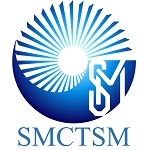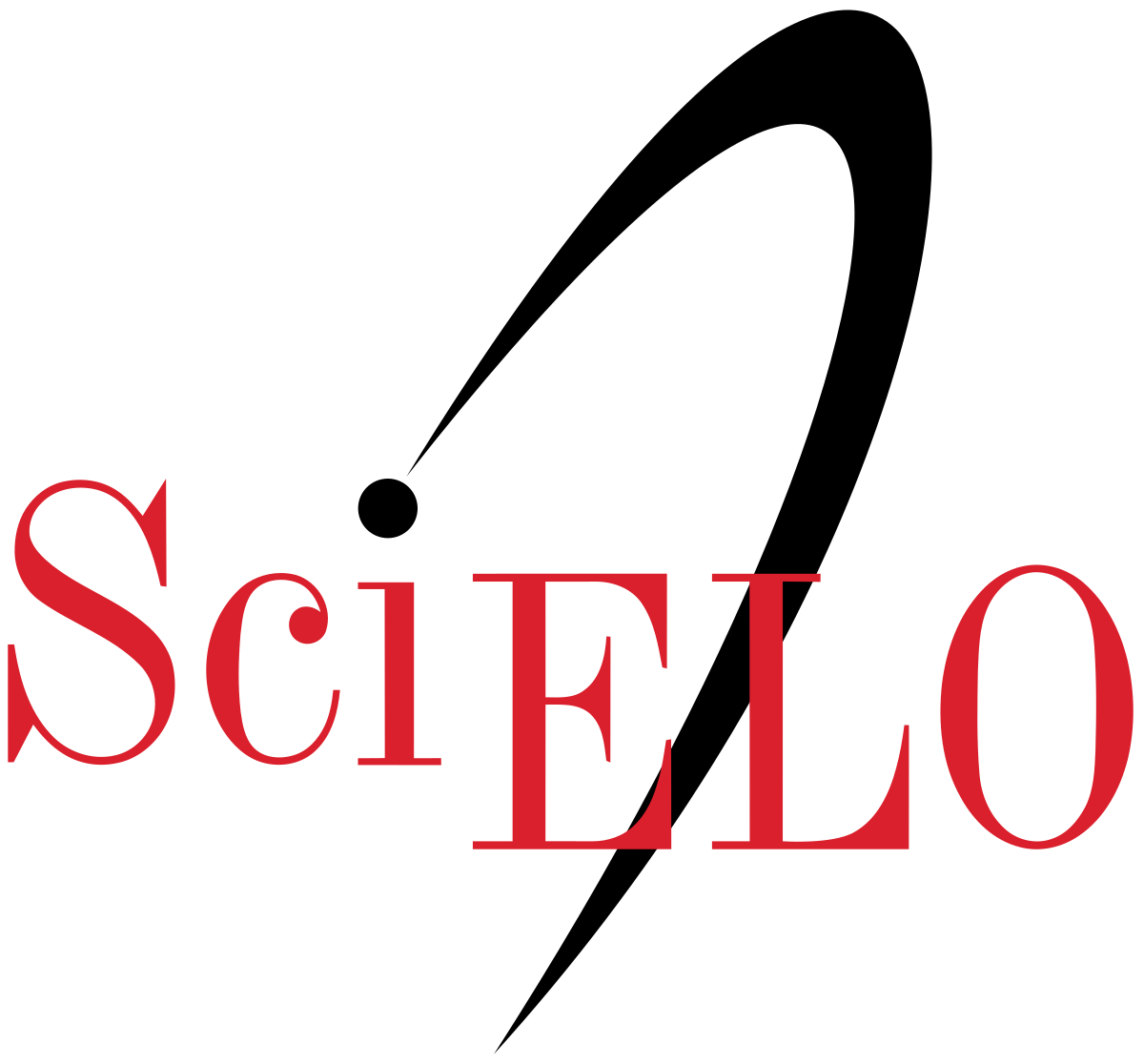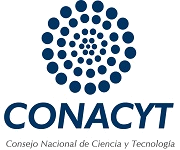Memristance effect of metal-insulator-metal structures using Al2O3 film as active layer for emergent memory devices
Keywords:
Memristance Effect, MIM structures, Atomic-Layer Deposition, Al2O3, BEOL Processing, Conduction Mechanisms, RRAM DevicesAbstract
The memristor effect (cyclic switching from a High-Resistance State to a Low-Resistance State and viceversa) and a conductivity/resistivity window (IOFF/ION ratio) of more than 4 orders of magnitude have been obtained in Metal-Insulator- Metal (MIM) structures that use Al2O3 as oxide layer after cyclic I-V measurements. Before initial breakdown, different carrier conduction properties are found when using whether a highly reactive or a highly inert metal as the bottom electrode of the memory structure. These carrier conduction properties for the MIM structure are also affected by changing the deposition conditions of the bottom electrode (by changing the average roughness of its surface) or by using different Al2O3 thickness. Most importantly, because of the low thermal budget used for fabrication of these devices (only 300°C), they have the potential to be vertically integrated as memory cells in higher metallization levels of a CMOS-based Back-End-Of-Line (BEOL) processing. This is important since it would promote real 3-D integration of memory devices for advanced circuit manufacturing.References
D. B. Strukov, G. S. Snider, D. R. Stewart, and R. S. Williams, Nature, 453, 80 (2008).
R. Waser, R. Dittmann, G. Staikov, and K. Szot, Adv. Mater. 21, 2632 (2009).
S. Yu, B. Lee, and H.-S. P. Wong, edited by J. Wu et al. (Springer, Berlin, 2011).
H. Y. Lee, P. S. Chen, T. Y. Wu, Y. S. Chen, C. C. Wang, P. J. Tzeng, C. H. Lin, F. Chen, C. H. Lien, and M.-J. Tsai, International Electron Devices Meeting Technical Digest, p. 297 (San Francisco, USA, 2008).
Y. Wu, S. Yu, B. Lee, and P. Wong, Journal of Applied Physics 110, 094104 (2011).
A. Sawa, Mater. Today, 11, 28 (2008).
J. Suñé, E. Miranda, and D. Jiménez, IEEE 978, 4577 (2011).
D. Kim, S. Seo, S. Ahn, D. Suh, M. Lee, B. Park, I. Yoo, I. Baek, H. Kim, E. Yim, J. Lee, S. Park, H. Kim, U. Chung, J. Moon, and B. Ryu, Appl. Phys. Lett., 88, 202 (2006).
J. J. Yang, I. H. Inoue, T. Mikolajick, and C. S. Hwang, MRS Bulletin 37, 131 (2012).
K.M. Kim, D. S. Jeong, C.S. Hwang, Nanotechnology 22, 254002 (2011).
S. H. Chang , J. S. Lee , S. C. Chae , S. B. Lee , C. Liu, B. Kahng , D.-W. Kim, T. W. Noh, Phys. Rev. Lett.102, 026801 (2009).
I. H. Inoue, S. Yasuda, H. Akinaga, and H. Takagi, arXiv.org/abs/cond-mat/0702564v1.
U. Russo, D. Ielmini, C. Cagli, and A. L. Lacaita, IEEE Trans. Electron Devices, 56, 193 (2009).
R. Degraeve, I. S. Jacobs, and C. P. Bean, Techn. Dig. of the IEEE Int. Electron Devices Meeting, pp. 632-635 (2010).
A. Sleiman, P. W. Sayers, and M. F. Mabrook, Journal of Applied Physics 113, 164506 (2013).
W.S. Lau, Nanyang Technological University (Retired), School of EEE, 639798, Singapore.
S.M. Sze, Kwok K. Ng, Wiley-Interscience (2007).
K.Y. Cheong, J.H. Moon, H.J. Kim, W. Bahng, and N-K. Kim, Journal of Applied Physics 103, 084113 (2008).
S. Tappertzhofen, S. Menzel, I. Valov, and R. Waser, Appl. Phys. Lett. 99, 203103 (2011).
R. Bruchhaus, M. Honal, R. Symanczyk, and M. Kund,J. Electrochem. Soc.156, H729 (2009).
K. M. Kim, B. J. Choi, Y. C. Shin, S. Choi, and C. S. Hwang, Appl. Phys. Lett. 91, 012907 (2007).
D.-H. Kwon, K. M. Kim, J. H. Jang, J. M. Jeon, M. H. Lee, G. H. Kim, X.-S. Li, G.S. Park, B. Lee, S. Han, M. Kim, and C.S. Hwang, Nat. Nanotechnol. 5, 148 (2010).
Downloads
Published
Issue
Section
License
©2025 by the authors; licensee SMCTSM, Mexico. This article is an open access article distributed under the terms and conditions of the Creative Commons Attribution license (http://creativecommons.org/licenses/by/4.0/).





